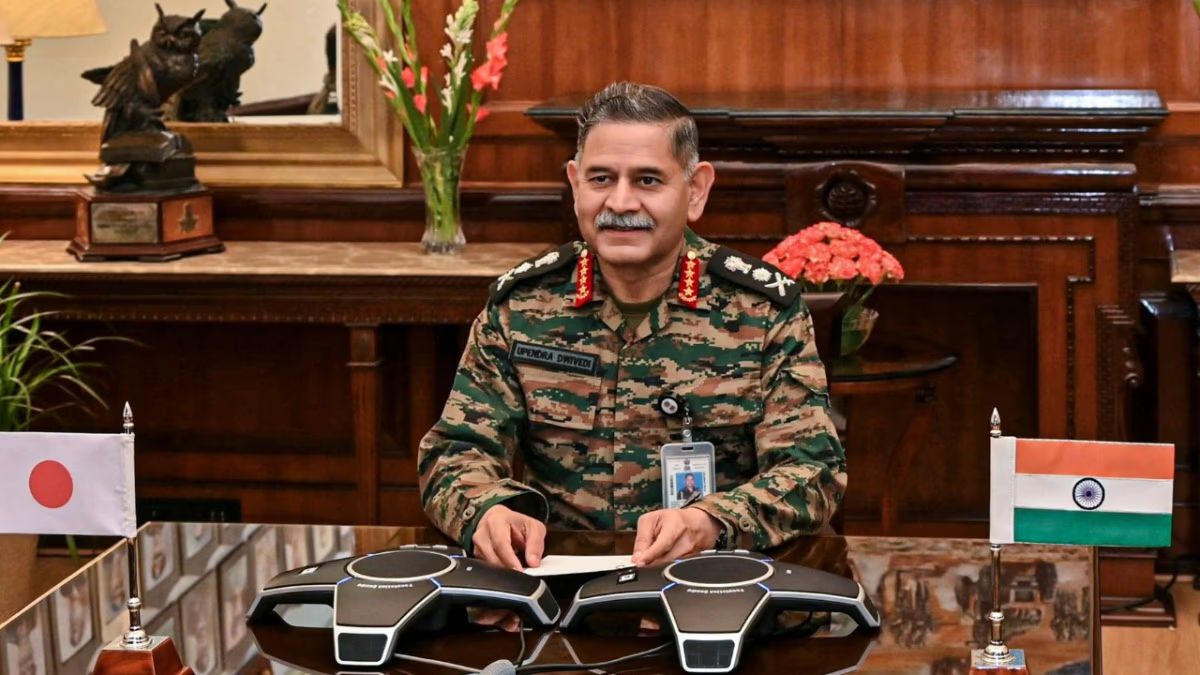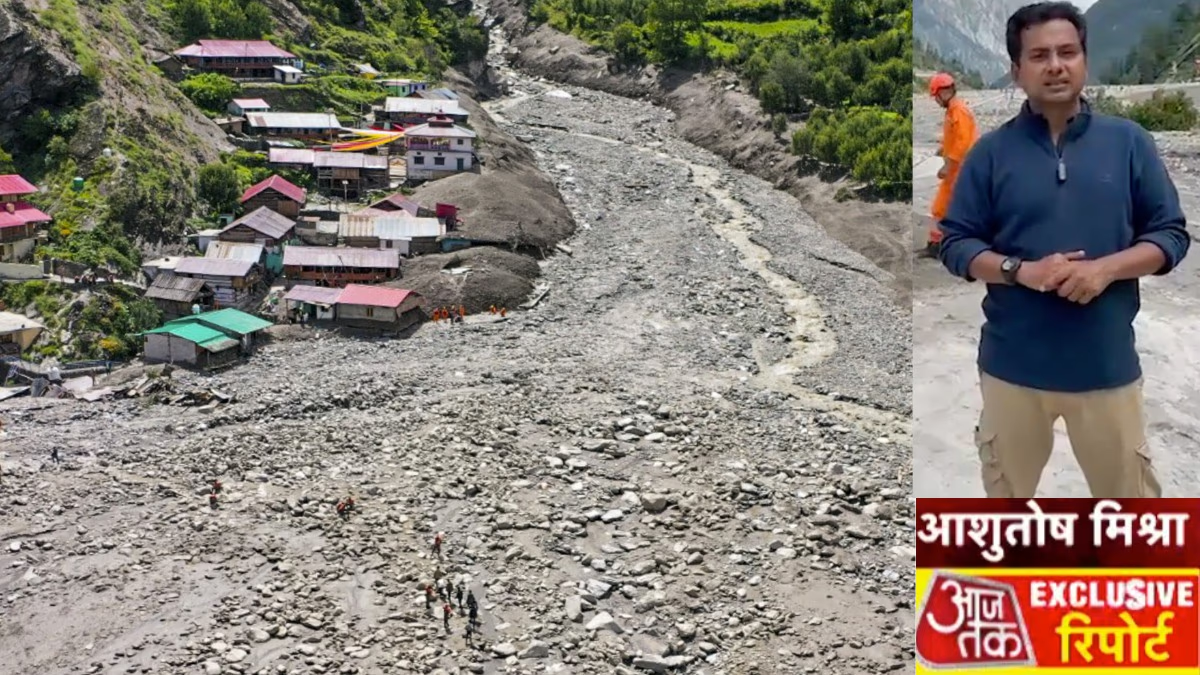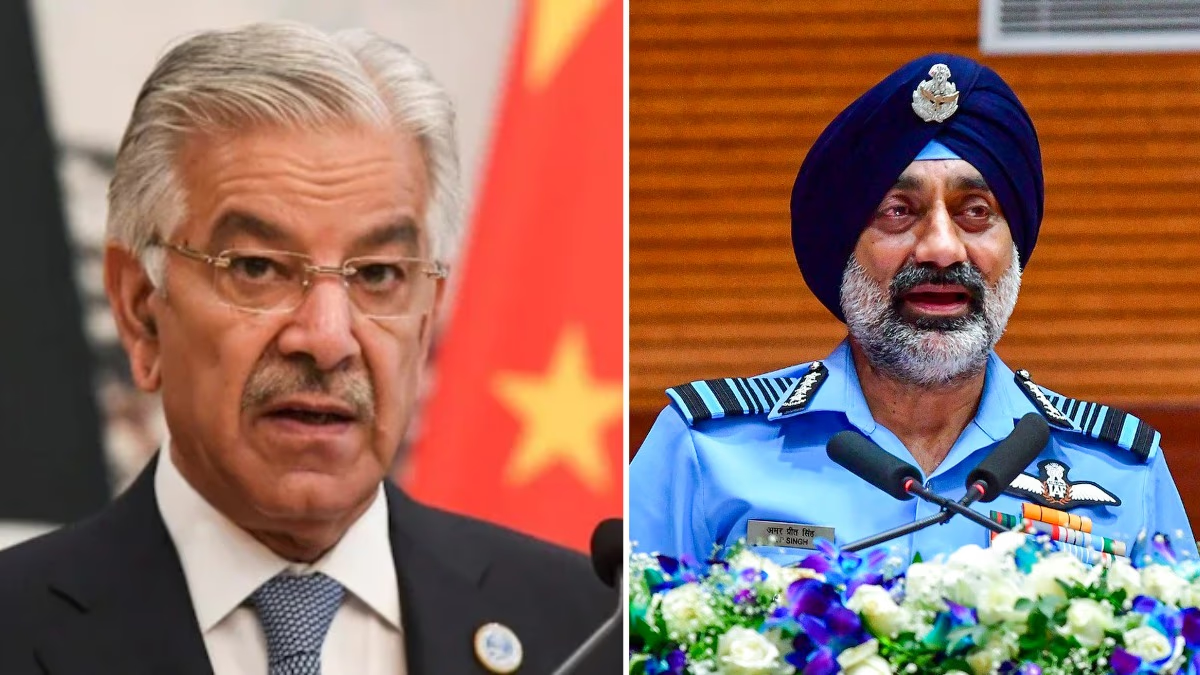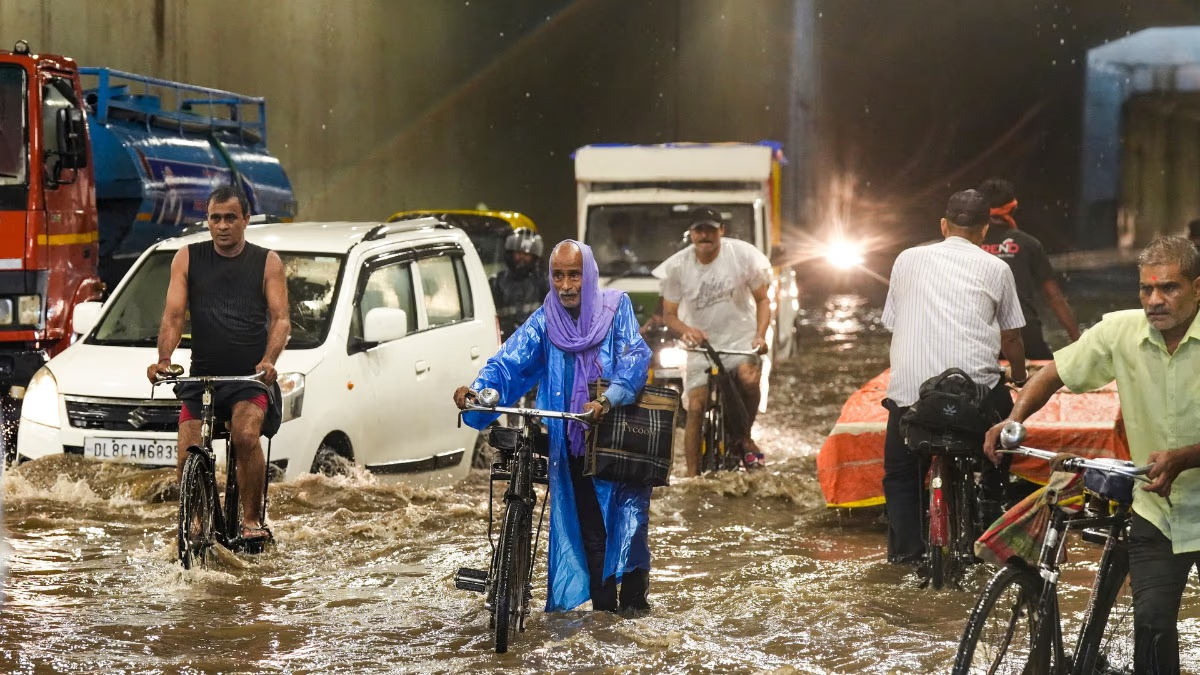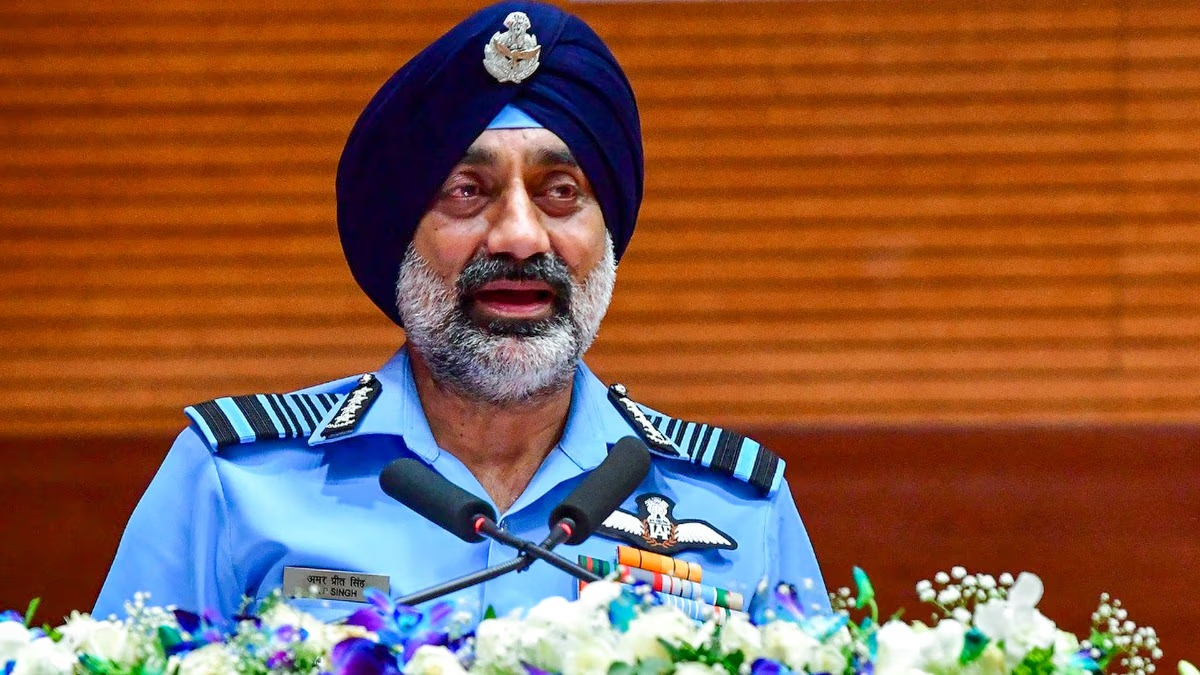Indian Army Chief General Upendra Dwivedi revealed that what occurred in Pahalgam on April 22 sent shockwaves across the nation. The very next day, on April 23, an important meeting was convened among top military and political figures. According to General Dwivedi, Defense Minister Rajnath Singh clearly stated - 'Enough is enough.'
He stated, 'On April 23, we all gathered. The chief of all three armed forces agreed that something substantial must be done. We were given complete freedom - 'You decide what action to take.' It was this level of trust, political direction, and clarity that we witnessed for the first time.'
General Dwivedi conveyed that such unequivocal political backing boosts the morale of soldiers, enabling our army commanders to act with discretion on the ground.
Continuing, he explained that by April 25, they had reached the Northern Command, where plans were thought out, concepts created, and executed. Of nine targets, seven were demolished, and a significant number of terrorists were eliminated. Our first meeting with the Prime Minister took place on April 29.
General Dwivedi emphasized the importance of understanding how a simple name 'Operation Sindoor' could unite an entire country. It invigorated the entire nation. When the director proposed this name, I initially thought it was 'Sindhu'—referring to the Indus River. I remarked, 'Brilliant, you've frozen the Indus Water Treaty.' They corrected me, stating it's 'Sindoor.'
General Dwivedi elaborated how this singular name united the country. People today say—‘From Sindhu to Sindoor... everything has been handled.’ On ground, I told the soldiers—‘Whenever a sister, mother, or daughter applies Sindoor, they will think of our soldiers.’ It was this emotional connection that rallied the entire nation toward one objective. This is why the entire country was asking—‘Why stop the operation?’ And the answer has already been given. '
Speaking at an event in IIT Madras, the Army Chief likened Operation Sindoor to a game of chess, stating, 'We weren't sure what the enemy's next move would be, nor what ours should be. This is known as the Grey Zone. It means refraining from traditional operations but still engaging in strategic actions of lesser intensity. Conventional operations involve deploying full force, if you return, fine, if not, hold ground. Yet, the Grey Zone encompasses activities across all domains. We operated strategically.
He described the calculated moves, comparing it to a chess game against the enemy, maneuvering to checkmate while risking everything. This is life.
General Dwivedi noted that a crucial aspect was the Narrative Management System, emphasizing that real victory springs from the mind. Ask a Pakistani whether they won or lost, they'd say—‘My Chief has become Field Marshal, so we must have won.’ Manipulating public perception—be it the local population, the enemy's, or a neutral party—is key.
He detailed their approach in establishing a Social Sensitivity Index and disseminating strategic messages via platforms like X. The first message—'Justice Done, Op Sindoor'—gained tremendous global traction. It was delivered through a simple message and logo designed by a Lieutenant Colonel and an NCO.
Highlighting that strategic clarity in diplomacy, information, military, and economic sectors arrived promptly. This led to the Indus Water Treaty being frozen. High Commission strength was reduced, defense personnel declared 'non grata,' and visas canceled.
